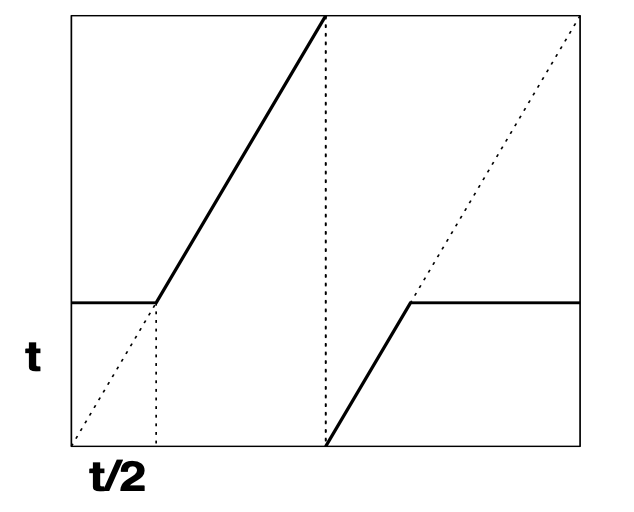4.5: Dirichlet and Lambert Series
( \newcommand{\kernel}{\mathrm{null}\,}\)
We will take a quick look at some interesting series without worrying too much about their convergence, because we are ultimately interested in the analytic continuations that underlie these series. For that, it is sufficient that there is convergence in any open non-empty region of the complex plane.
Definition 4.18
Let
This convolution is a very handy tool. Similar to the usual convolution of sequences, one can think of it as a sort of multiplication. It pays off to first define a few standard number theoretic functions.
Definition 4.19
We use the following notation for certain standard sequences. The sequence
The function
Note that
We can now do some very cool things of which we can unfortunately give but a few examples. As a first example, we reformulate the Mo ̈bius inversion of Theorem 4.14 as follows:
This leads to the next example. The first of the following equalities holds by Lemma 4.15, the second follows from Mobius inversion.
And the best of these examples is gotten by substituting the identity
Thus
Definition 4.20
Let
The prime example of a Dirichlet series is – of course – the Riemann zeta function of Definition 2.19,
Theorem 4.21
For the product of two Dirichlet series we have
- Proof
-
This follows easily from re-arranging the terms in the product:
We collected the terms with
Since
Recall from Chapter 2 that one of the chief concerns of number theory is the location of the non-real zeros of
Theorem 4.22
Let
- Proof
-
Lemma 4.23
A Lambert series can re-summed as follows:
- Proof
-
First use that
This gives that
Now set
Corollary 4.24
The following equality holds
- Proof
-
We have
The first equality follows from Lemma 4.23 and the second from Lemma 4.15. The last sum can be computed as
The last result is of importance in the study of dynamical systems. In figure 8, the map

Figure 8. A one parameter family


